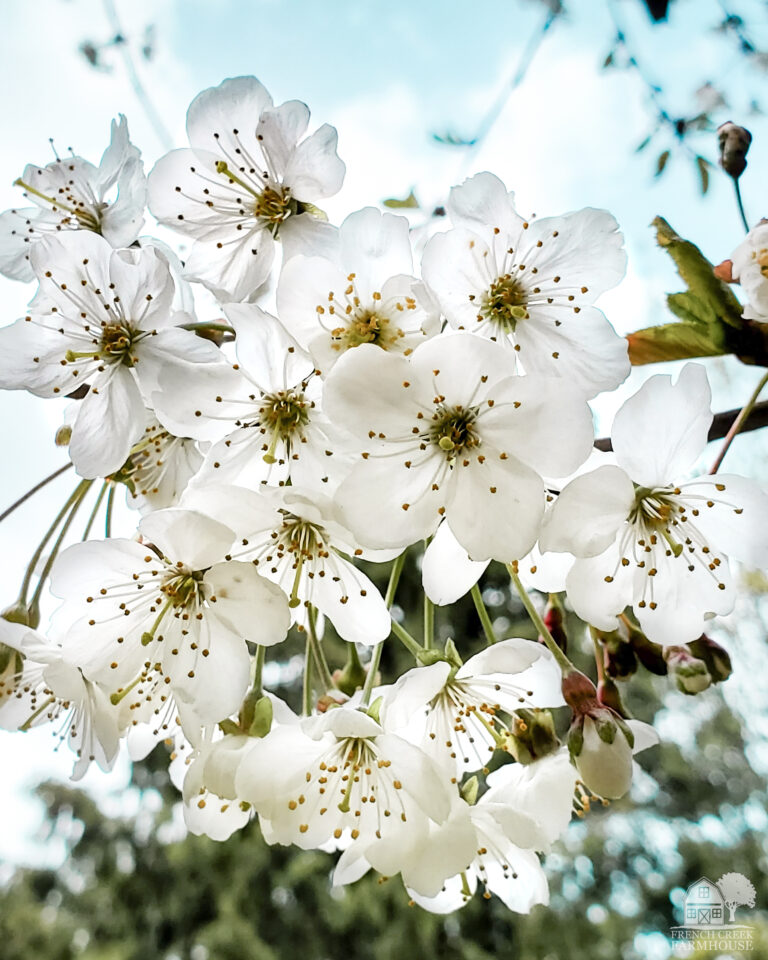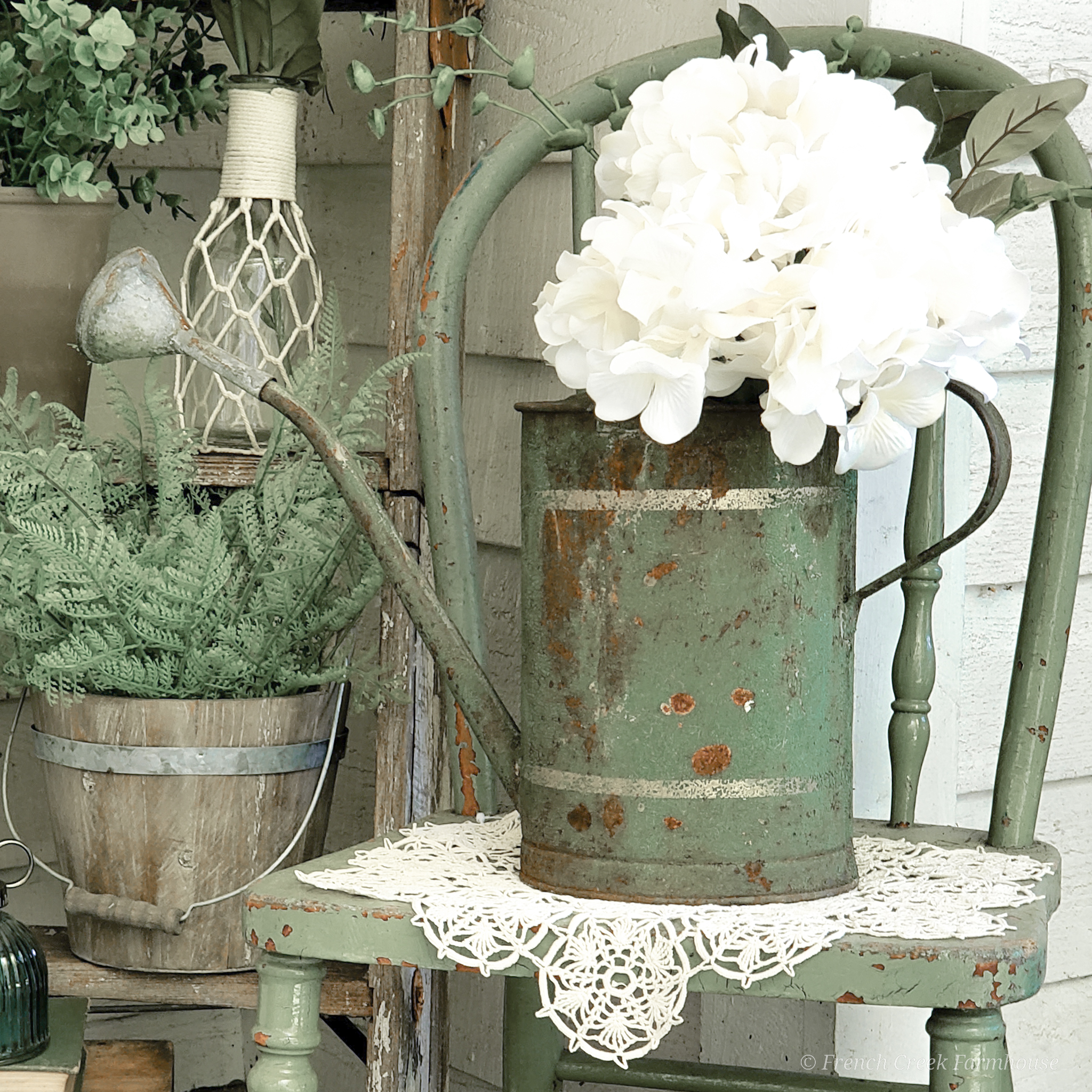Three Ways to Grow Dahlias

Since we’ve started a dahlia farm, you’ve probably already guessed it…we love dahlias! Let’s dig into the three ways to grow dahlias so you can add them to your garden, too.
Three ways, you say??
Yep, it’s true! And, all three of these methods have a role in growing our farm.
Before we get into the details, be sure to pin this post so you can find the information again when you need it!



Disclosure: This is not a sponsored post, and I have received no compensation for sharing anything that follows. Some links within this blog may be affiliate links, and I might earn a commission if you make a purchase through that link. This usually amounts to cents, not dollars, and helps to support the projects featured on this blog. I only recommend products from companies that I have found to be trustworthy. Read my full disclosure here.

Growing Dahlias Three Different Ways
In a recent video, I broke all of this down (you can watch that HERE), but it bears repeating. There are only three ways you can grow dahlias:
- from seeds,
- tubers, or
- rooted cuttings.
There are pros and cons of each method, and there’s also–you guessed it–some risk and uncertainty.
I’ll cover each of these from the least risky, to most.

Growing Dahlias from Rooted Cuttings
In my opinion, growing dahlias from rooted cuttings is the least risky method you can try. My reasoning for this is the fact that you’re actually planting a PLANT into the ground. Not a seed…not a tuberous root…but a living, growing baby plant. If it dies, it’s likely going to be due to improper care, which is something that’s within your control.
Rooted cuttings will also be clones of their mother, so you will get exactly the same type of dahlia from which you took the cutting.
Rooted cuttings are not difficult to plant in your garden (I covered that in this episode), but you will need to feed and water them carefully until they get established.
In this short video, we also showed the life cycle of a rooted cutting from baby plant to flowers!

{ Related: Is Planting Dahlias in Raised Beds Worth It? }
Another big advantage of planting out rooted cuttings is that they’ll bloom much earlier. Like, a good month earlier than dahlias planted by tubers.
The risk with planting rooted cuttings mostly comes down to your ability and commitment to caring for the baby plants. Making sure to plant them at the right time, tending to them until they are established, and managing any pest pressure…these are all tasks within control of the gardener.

Growing Dahlias from Tubers
By far, planting dahlia tubers is the most common way to grow these beauties in your garden. Just like with rooted cuttings, tubers will produce identical clones to the mother plant, so you are guaranteed to get the variety that you wanted.
In the episode below, we show exactly how we plant our dahlias–both rooted cuttings and tubers–including everything from prepping the beds, to cleaning up tuber clumps, to planting in the ground.
Advantages of Growing Dahlias by Tubers
While tubers do guarantee a clone of the mother plant, they are also cheaper than rooted cuttings because you are assuming some of the risks involved in growing them to sprout stage. With rooted cuttings, the grower has carefully grown you a baby plant over the course of several weeks, so you’re paying them for this added effort.
The primary advantage to planting tubers is certainly affordability. Investing in just one tuber can lead to literally hundreds of plants within a few short years.
Each year, the plant will multiply the number of tubers as it grows. You can lift and divided them every year, and you can even use those tubers to take rooted cuttings and grow your stock faster!
There is, however, still risk involved with planting tubers as one of the ways to grow dahlias.
Risks of Growing Dahlias by Tubers
For us, field mice are the biggest threat to our tubers. They looooove to snack on these delicious roots, and they can destroy the tubers before they ever have the chance to sprout.
{ Related: Building a Critter-Proof Garden }
If you’re not careful, it’s also entirely possible to knock off the eye of the tuber, and thereby never get a sprout.
And then there’s the issue of Mother Nature. Too much rain, and your tubers might rot in the ground before they sprout. Too much heat, and the tubers might basically cook. And then, sometimes, the tuber just fails to thrive…even if you did everything right.
They are, after all, living plants, and not every single one will make it. We always figure on a 10-15% loss each year. It’s just part of the nature of growing plants.

Growing Dahlias from Seed
Growing dahlias from seed is a whole other story. This is the most affordable of ways to grow dahlias, but also carries the most risk.
For starters, the dahlia that grows from the seed you planted will NEVER be the same as the plant it came from. So, if someone online is selling you “Cafe Au Lait” seeds, you should probably run far, far away. That is likely a scam. The seeds may have come from a Cafe Au Lait dahlia, but they will NOT grow you a Cafe Au Lait dahlia.
That is, however, some of the fun of planting dahlias from seed. It’s sort of like a grab bag surprise. Every dahlia you grow from seed will be brand new…your own special variety! You can name it and everything!
That said, to get something truly worth propagating year over year…well, you might find one in a hundred that’s worth saving. Most dahlias grown from seed won’t be worth the effort. But if you really love the idea of hybridizing, I highly recommend THIS BOOK to teach you how to do it, and do it well.
{ Related: Breaking Down Our Year 1 Crop Plans }

Which method of growing dahlias is best?
In deciding how you want to grow dahlias, you’ll need to think about your goals, budget, and what level of risk you’re willing to accept in the growing process.
On our farm, we grow hundreds of dahlias by tubers and rooted cuttings, and we’ll be hybridizing new varieties by seed for many years to come. All three methods have a role on our farm.
By whatever method you grow dahlias, they are (in my mind) well worth every moment you spend in the garden with them. I mean, we love them so much that we decided to farm them, so I’m clearly obsessed!
Our dahlias have become like members of our family. I enjoy talking with them while they’re growing, admiring them in bouquets and arrangements when they’re in their prime, and I feel sad when they leave us in the fall. We continue to nurture and care for their roots all winter until we can plant them back into the garden for a new season the next year.
The cycle of life is beautiful, and dahlias always remind me to fully embrace every part of it. I hope that this post inspires you to add some (or some more!) to your garden and discover the same joy.

Ready to dig in and grow something beautiful?
Get my Free Garden journal
Let’s be gardening buddies! Sign up to join our community, and get your free printable PDF Garden Journal. This is so good!







